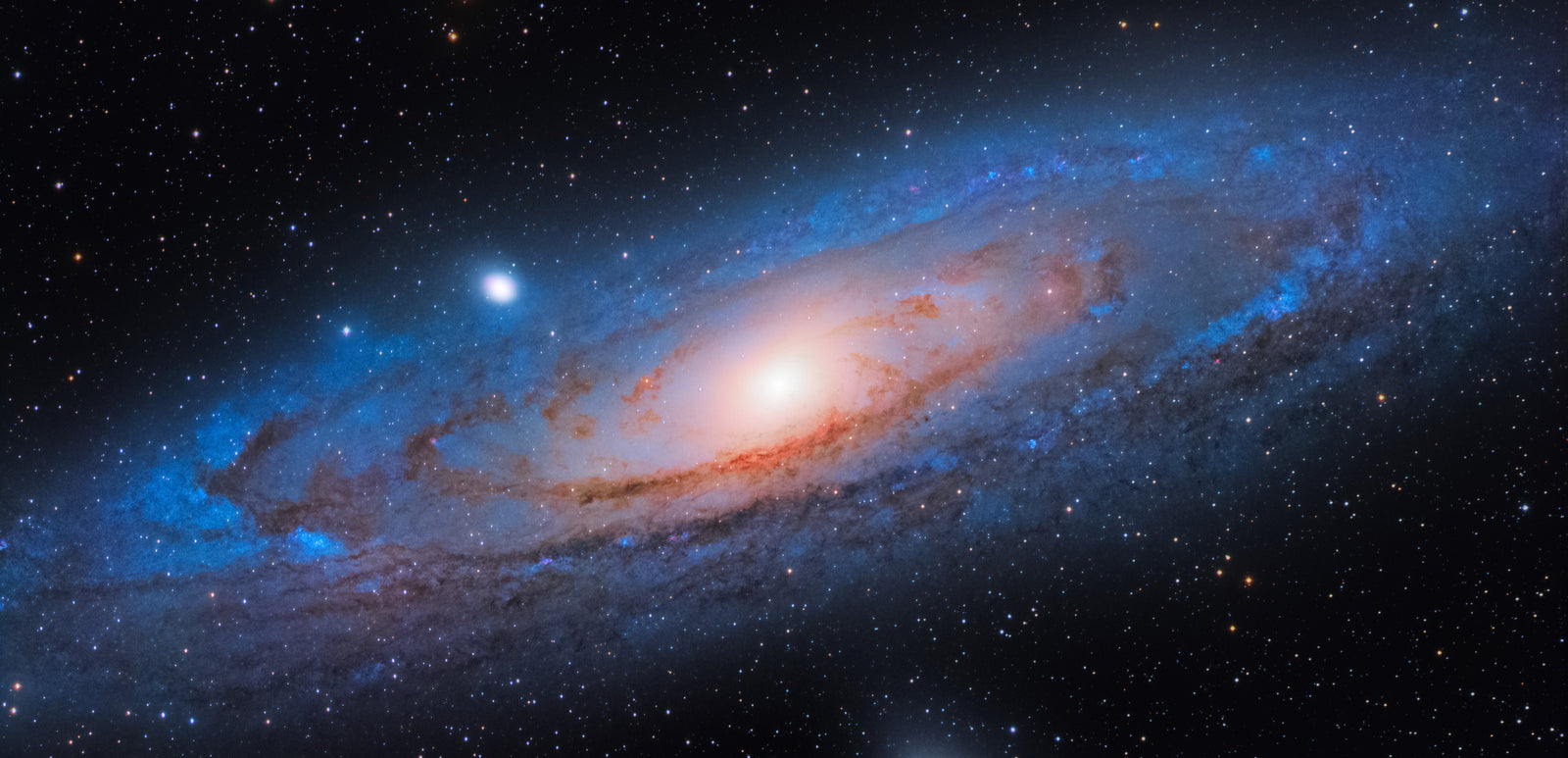Barlow lenses, or Barlows, fit between your telescope's focuser and its eyepiece. Their job is to magnify the view, which has the effect of increasing your telescope's focal length and focal ratio.
Barlow lenses typically have their magnification factor listed in their name with a number followed by an X, with a range of 2x to as much as 5x magnification.
Barlows Compatibility
These magnifiers work with virtually any telescope and eyepiece with the same focuser tube diameter. In most cases you'll only notice an increase in magnification when you add a Barlow lens, with almost zero downsides or drawbacks. You'll only run into issues when you combine a high-power Barlows with a high magnification eyepiece, especially on smaller aperture telescopes.
Barlows Advantages
Perhaps the most obvious advantage to adding a Barlows to your telescope kit is that it doubles the amount of eyepieces you have. For example, if you have 30mm, 20mm and 5mm eyepieces in your collection, adding a 2X Barlow lens will essentially add a 15mm, 10mm and 2.5mm eyepiece to your collection. This can help you better match your eyepiece to your subject, ensuring and ideal view.
Eye relief is also affected with a Barlow lens, allowing you to hold your eye a bit further from the eye pieces. This can be especially helpful for those that wear glasses, so much so that adding a Barlow lens may allow a user to keep their glasses on when using the telescope.
A Barlows can also be helpful to astrophotographers in that it can both increase image magnification and back focus.
Disadvantages to a Barlow Lens
Obviously, this extra magnification comes at a cost, which is an increase in focal ratio. For those with a large aperture telescope, the increased focal ratio will be much less obvious.
If you have a smaller aperture reflector or refractor, and you pair it with a high magnification Barlow lens, you may notice that the image is not nearly as bright, since the lens is effectively increasing your focal ratio. When viewing bright objects, this may not be an issue for you, whereas dimmer deep sky objects may become more difficult to see with a Barlows.









